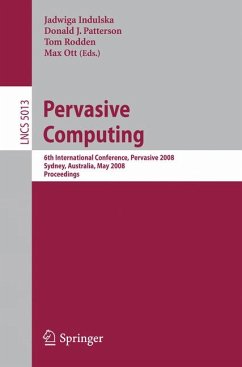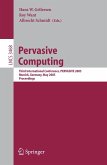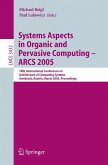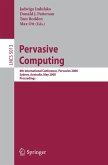This useful volume provides up-to-date and state-of-the-art coverage of the diverse topics related to pervasive computing and intelligent multimedia technologies. The use of different computational intelligence-based approaches to various problems in pervasive computing are examined, including video streaming, intelligent behavior modeling and control for mobile manipulators, tele-gaming, indexing video summaries for quick video browsing, web service processes, virtual environments, ambient intelligence, and prevention and detection of attacks to ubiquitous databases.
Topics and features:
- Includes a comprehensive overview, providing a thorough literature review and an outline of the important research challenges
- Discusses pervasive computing approaches in the context of intelligent multimedia
- Examines virtual reality technology, mobile virtual environments, and the potential use of intelligent multimedia and ubiquitous computing in the hotels of the future
- Describes various approaches in ambient intelligence for home health care for the elderly and those suffering from Alzheimer's disease, for volcano monitoring, and for preventing attacks to ubiquitous databases
- Investigates issues in web services and situation awareness inpervasive computing environments
- Explores wireless network applications, such as mobile agents and e-commerce
This textbook/reference is an invaluable resource for researchers, postgraduate and senior undergraduate students, and practitioners involved in pervasive computing, intelligent multimedia, and computational intelligence.
Dieser Download kann aus rechtlichen Gründen nur mit Rechnungsadresse in A, B, BG, CY, CZ, D, DK, EW, E, FIN, F, GR, HR, H, IRL, I, LT, L, LR, M, NL, PL, P, R, S, SLO, SK ausgeliefert werden.









